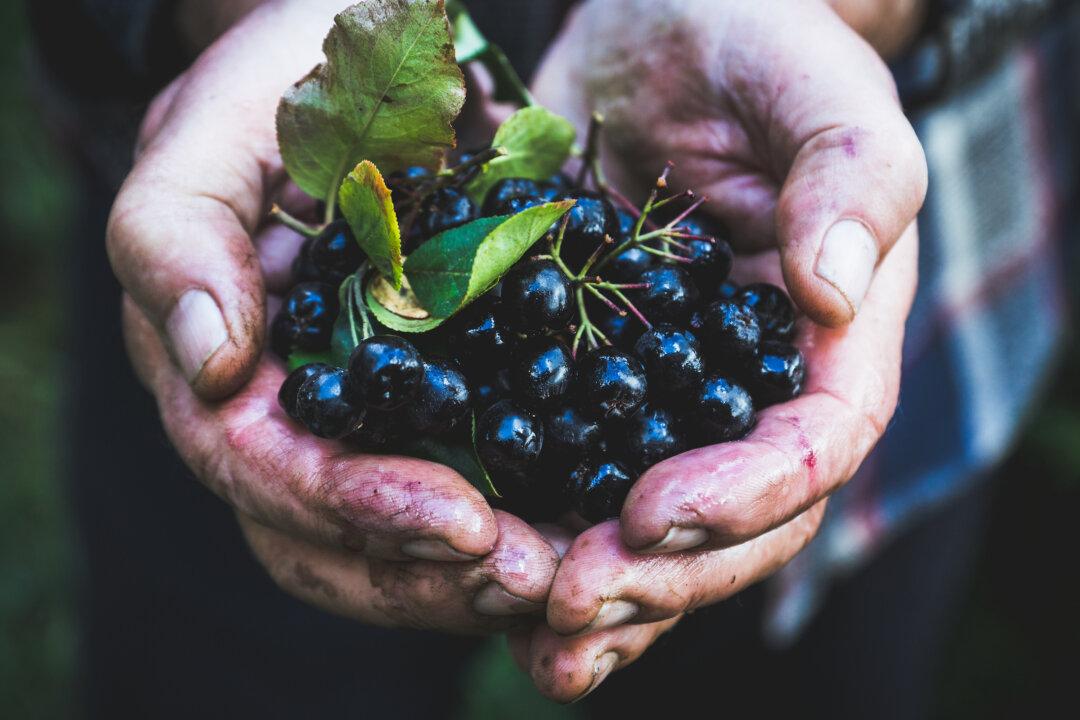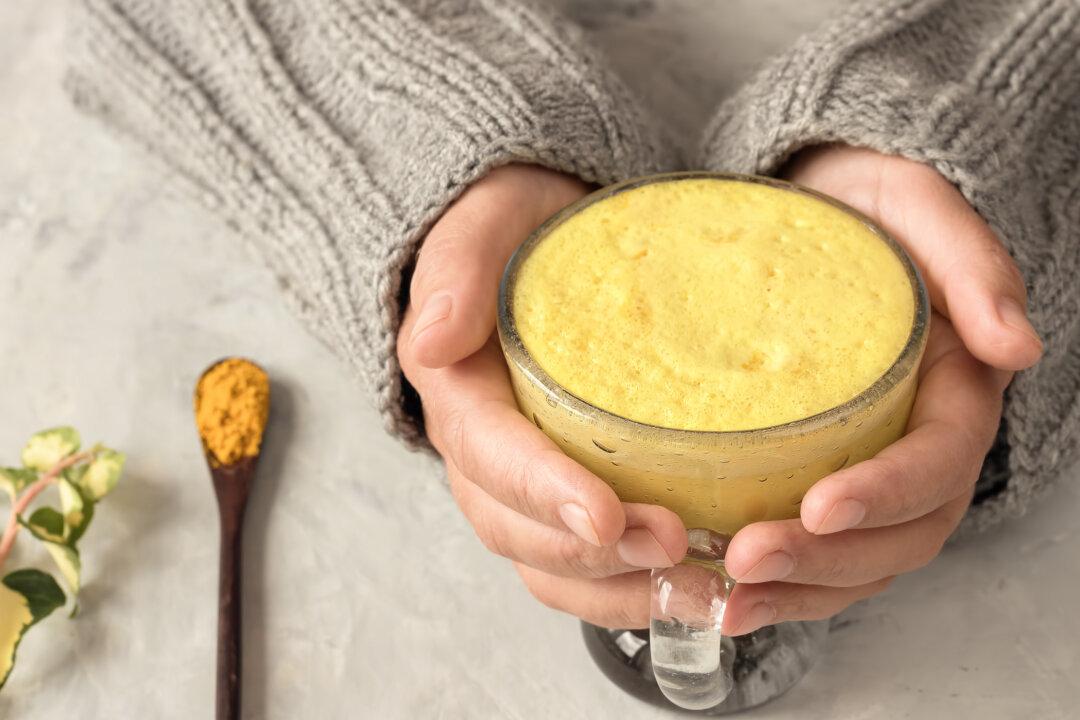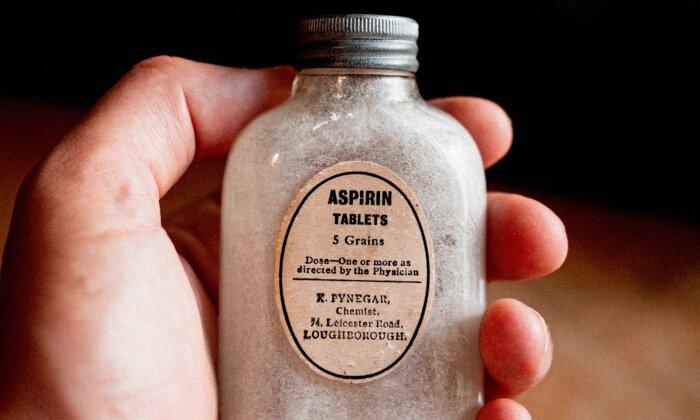What Is Turmeric and How Does It Work?
While turmeric may not be familiar to you, it’s not at all unfamiliar to approximately one billion people around the world who consume it on a daily basis (source: Indianculture.gov). India produces nearly all the world’s turmeric. There, this ancient plant is far more than a simple spice — it has played an important part in their culture for centuries. For example, turmeric has long been used to dye clothing, particularly Buddhist robes. In addition, a Hindu wedding day tradition whose symbolism can be compared to the exchange of wedding rings, involves a mangala sutra, string that is dyed yellow with turmeric paste, being tied around the bride’s neck by the groom.Science Is Discovering What the Ancients Knew All Along
According to PBS “History Kitchen,” it was circa 500 BCE that this spice came to play an important part of Ayurvedic medicine. European explorers to India introduced turmeric to the Western world in the 14th century.As it relates to medicinal use, ancient Indian traditions include the use of a turmeric paste poultice to treat common eye infections and to dress wounds, treat bites, acne, and more. Following childbirth, Indian women are often given a twice daily tonic consisting of fresh turmeric paste with dried ginger root powder and honey in a glass of hot milk. Powdered turmeric may also be added to milk as a remedy for respiratory ailments and to treat persistent coughs. Turmeric is also used for a variety of other ailments, including digestive disorders and even to suppress the hallucinatory effects of psychotropic drugs.
Interestingly, and though we haven’t seen them in this country, Johnson & Johnson, the well known American pharmaceutical company, makes turmeric Band-Aids™ for the Indian market. (source: https://www.latimes.com/archives/la-xpm-2006-feb-06-he-turmeric6-story.html)
The Powerful Cancer Fighting Traits of Turmeric
Researchers have taken note that India natives have considerably lower rates of certain cancers than their American counterparts. (source: https://worldpopulationreview.com/country-rankings/cancer-rates-by-country). As turmeric is such a widely used spice in India, could it be that it has something to do with the low rates of cancer in that country? And if so… how so?- Curcumin is the substance that gives turmeric its distinctive golden yellow color.
- Curcumin has anti-inflammatory properties that, unlike over the counter (OTC) drugs, have no toxic side effects.
- Curcumin protects healthy cells and can destroy cancer cells before they have an opportunity to spread.
- According to a study published in Cellular and Molecular Life Sciences, curcumin also has antioxidant, chemopreventive, and chemotherapeutic abilities. In other words, it acts as a blocking agent against the proliferation of cancer cells and also reduces tumor size.
- According to the National Institutes of Cancer, “extensive research over the past two decades suggests that curcuminoids, the active ingredient in turmeric (C. longa), interferes with multiple cell signaling pathways, providing support for the potential role of curcumin in modulating cancer development and progression.” https://www.cancer.gov/about-cancer/treatment/cam/hp/curcumin-pdq\
- in a study published in the International Journal of Molecular Sciences involving research of compounds that are effective against glioblastoma, it was concluded that curcumin kills cancer stem cells by inducing a process known as autophagy (ATP). Simply put, ATP is the body’s natural method breaking down damaged cells and destroying old or abnormal proteins and other decaying substances in its cytoplasm.
- A separate study published in Anticancer Agents in Medical Chemistry states that curcumin is not just effective in targeting brain cancer stem cells, but also cancer stem cells of various origins including colorectal cancer, pancreatic cancer, breast cancer, and head and neck cancer.
How to Use Turmeric to Your Advantage
I wrote about the advantages of this spice in my book, I Used to Have Cancer. In addition to using turmeric in many of the dishes I enjoy, I take 500 mg of curcumin 3x daily with meals.
References:
A. Giordano, G. Tommonaro, “Curcumin and Cancer,” Nutrients (Oct. 2019); 11(10): 2376. doi: 10.3390/nu11102376https://www.cancer.gov/about-cancer/treatment/cam/hp/curcumin-pdq
https://www.mayoclinic.org/diseases-conditions/cancer/expert-answers/curcumin/faq-20057858






